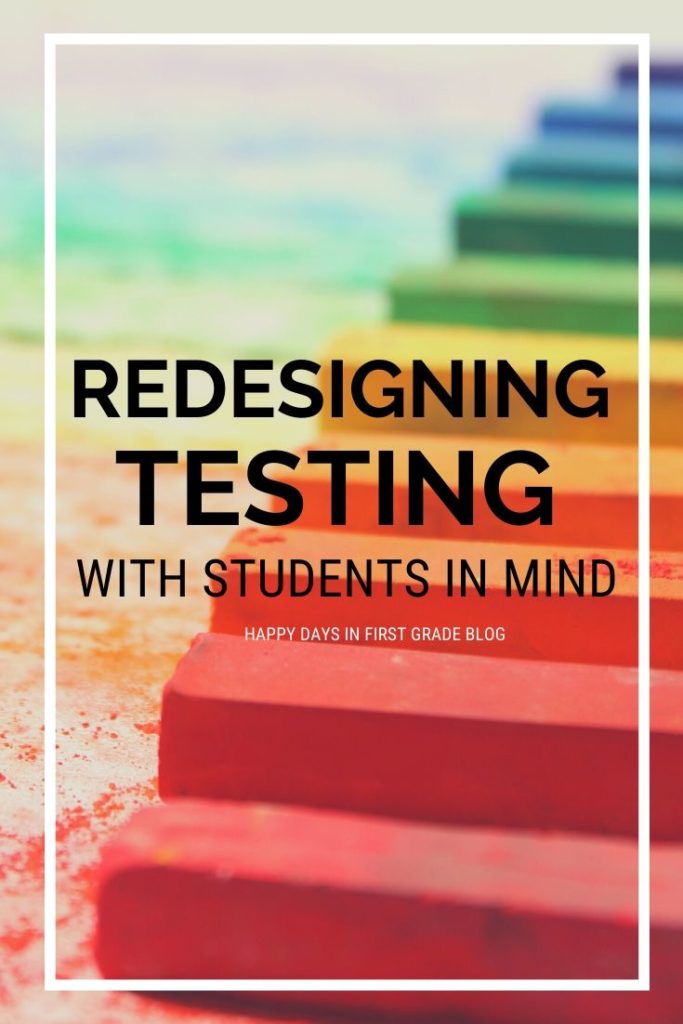
If we can redesign testing for the future of our students, what would it look like?
As an educator, I have always questioned the emotional impact that testing and assessment has had on my young students. While monitoring student progress is essential in creating a personalized plan for each child’s academic growth, can too much testing be detrimental to the very students who we are trying to help?
This is a question that I often ask myself as I have noticed that education has relied on more assessments throughout the years, especially in reading in the primary grades.
When I was in first grade, I remember having to read the names of the primary colors and a handful of sight words at the end of the year with my teacher. That, I assume, was my end-of-the-year assessment to go onto second grade.
First grade students nowadays not only have to read a 50+ sight words, they are also expected to read a story that they have not read before with fluency, accuracy, and answer comprehension questions correctly to meet their end-of-the-year target. This is a huge change in expectations that has undoubtedly added pressure on us teachers, students, and their parents.
Recently, #RemakeTomorrow shared the article “More Meaningful Assessments, with the Student ‘Front and Center'” by Melissa Rayworth with me. Reading this article pushed me to think deeply and reexamine the origins of testing in American public schools, its role in perpetuating erroneous beliefs about marginalized groups in our society, and how we can redesign assessments to highlight our students’ strengths rather than their weaknesses.
One of the things that I was glad to see highlighted in the article is student-led conferences, which I have done in my classroom.
Often during parent-teacher conferences, students are not involved in sharing their own learning. Student-led conferences allow students to do just that. With artifacts of learning readily available for students on their desks, students then take the lead to share their work and growth after months of instruction. Parents also have the opportunity to ask their child questions and gain a more personalized perspective of their child’s needs.
Student exhibitions and portfolios are also great alternatives to assessments mentioned in the article. During student exhibitions, students are able to showcase what they have learned, a product created from their learning, and a collection to show their growth, which is their portfolio.
As COVID-19 has shifted learning into more digital platforms, assessing and testing our students must also shift to adapt to our unknown changing times.
If we are to redesign testing and academic expectations for our students, we must also keep in mind the ability levels of ALL of our students, background, experiences, and what is truly developmentally appropriate for all of them.